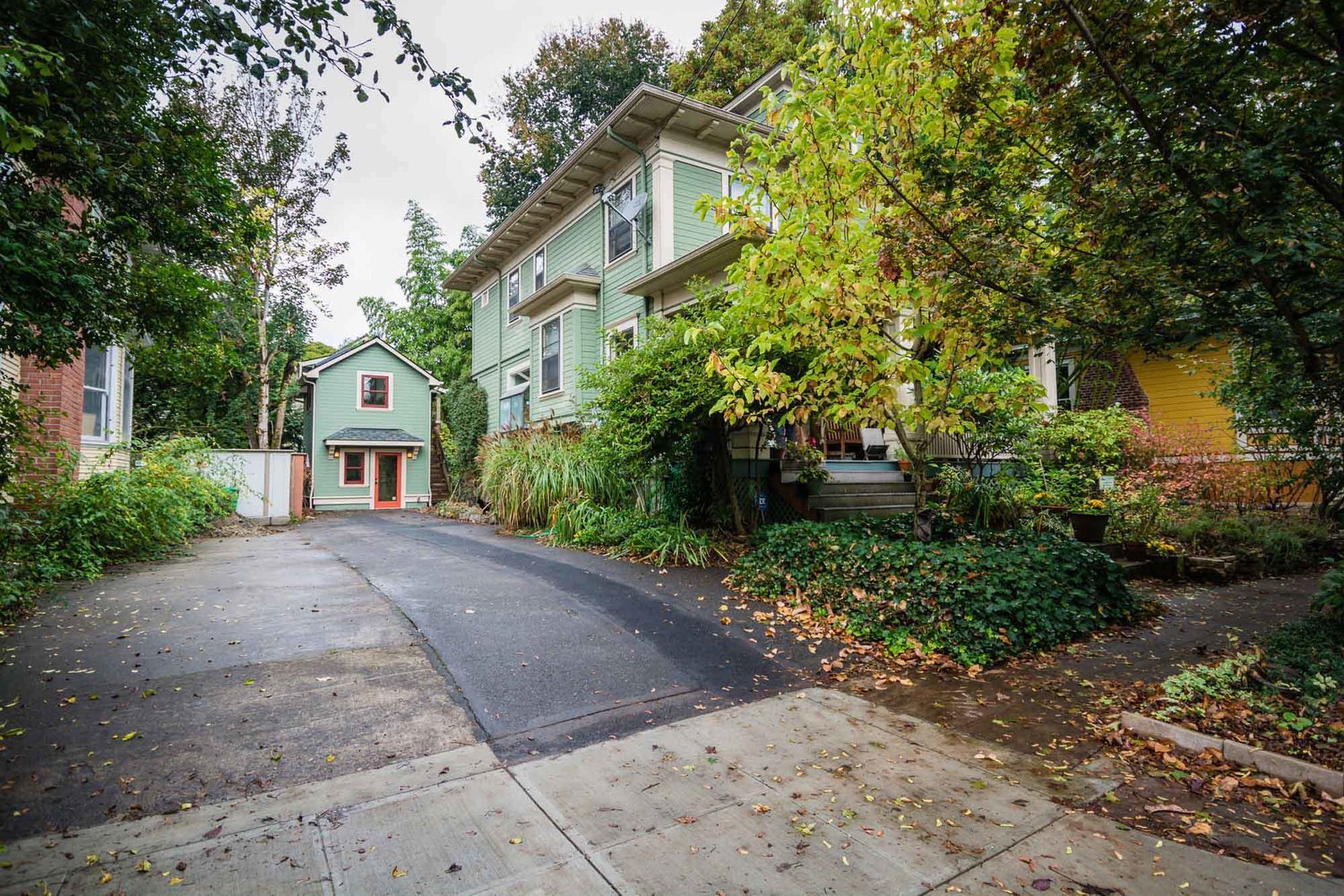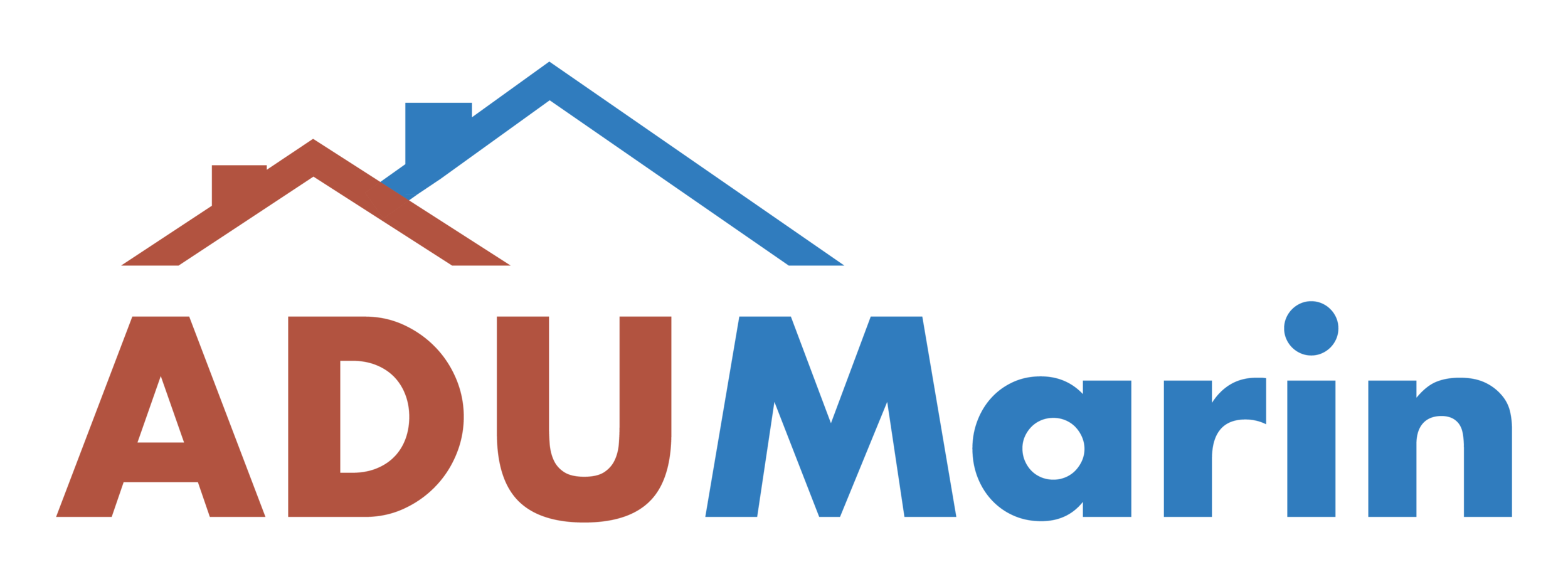Take the first steps toward building your ADU
Now that you know you’re allowed to build and have set a budget, here’s everything you can expect once you begin building your ADU.
COMPLETE THE PREP-WORK CHECKLIST
Before moving forward, you’ll want to make sure you’ve completed the following preliminary steps:
Talk to your city and double-check assumptions you’ve made after reviewing the standards.
Not sure what jurisdiction you’re in? Use this address lookup tool first, then review the standards linked above.
Complete the activities in the workbook to help you get started.
HIRE A TEAM AND DECIDE ON AN APPROACH: PREFAB OR CUSTOM BUILD
Often people hire an architect or designer to design a ADU and then a builder to provide additional cost information and to ultimately construct the unit.
Some homeowners hire a design/build team that handles the entire project, including both the design and the construction, while others work with a modular home company. Selecting your team involves looking at their past work of a similar scale and checking references. It can also be helpful if they have worked in your community and know the local permitting process.Visit the Marin Builders Association to find a contractor or confirm if someone you are considering hiring is licensed.
If you don’t want to go the custom built route, prefabs are a popular option. Learn more about both options and hiring a team here.
PREPARE FOR WORKING WITH YOUR DESIGNER
When designing your ADU, you will consider size, use, layout, specific project needs (storage, laundry room, etc.), architectural style, and privacy.
Once you have a preliminary design, it’s a good idea for you and your designer to have a pre-application meeting with the local planning (and possibly building) staff. At that meeting, you can ask questions and address any critical issues prior to submitting your permit application. You will also review all requirements, fees, and other considerations specific to your property and project and any unique requirements not previously considered.
Learn More
Our goal is to help you feel prepared and work effectively. Learn more about what to expect in the ADU building process below.
PERMITS + WORKING WITH THE CITY
To apply for permits, you and your project team will need to complete the forms required by your jurisdiction and provide detailed drawings and other documentation. The City will provide comments on your application that you will need to address and resubmit for approval. Most projects require 1-3 rounds of revisions working with city staff. Once your application is approved and all fees are paid, you will be issued permits to start construction.
PREPARING FOR CONSTRUCTION
Now that you have your building permits, you can start construction of your ADU. The builder you hire will lead this step. Communicate frequently with your builder, and verify progress before making payments. During construction, your ADU will be inspected multiple times to ensure it is being built according to the permitted plans. When all the work is complete, a building inspector will conduct a final inspection. Upon approval, you will receive a Certificate of Occupancy and possibly a registration letter for your new ADU.
BECOMING A LANDLORD
Construction is complete, and now it’s time for someone to move in. This may be you, a friend, a family member, or a renter.
If it is a tenant, there are plenty of resources to help you if you are a new landlord, including organizations that can match you with a renter and help you manage your unit. You may want to consider pricing the unit so a community member can move in.
To determine what you’re eligible to build, select your city from the dropdown below
Select your city
Once you’ve determined what you’re eligible to build, contact your city to double-check your assumptions and to seek clarity on rules.
“Building an ADU is the best decision I made for my family.”
-Marin Resident

Frequently Asked Questions
Still have questions? Sign-up for updates.
What does it cost?
While the price for every project is different, it’s a good idea to budget for ~$400 per square foot.
To get a better estimate, use our calculator tool.
How long does the process take?
Building an ADU is not only a financial investment but an investment of time as well. Typically, it takes homeowners one to three months to get started and assemble their team. It then takes the project team another one to six months to develop plans, meet with the city, and submit the application. Depending on how many rounds of review are required and how quickly a homeowner and their project team can respond to comments, make changes, and resubmit plans, it will likely take one to six months to get permits. Construction usually takes 6-12 months.
In total, most projects take one to two years to complete.
How am I going to pay for an ADU?
There are five main options available to homeowners to finance their ADU. Many homeowners use a mix of these options. As you’re doing financial planning for your ADU, remember to include the rental income you’ll receive in your calculations. Some lenders will not consider this income when evaluating you for a loan, but it’s important for you to consider it in your calculations.
1) Cash savings or other liquid assets
2) Cash-out refinance
3) Loans from friends or family
4) Home equity loan or home equity line of credit (HELOC)
5) Renovation loans
How will it affect my taxes?
Adding an ADU will affect your property taxes and the resale value of your home. Your primary house will not be reassessed, and your property taxes will only increase based on the added value of your ADU. If you have low property taxes because you have owned your home for many years, your base assessment will not be affected. The assessor will only review the value of the improvement. For example, if a new home buyer pays would pay $150,000 more for your property because of your ADU, and your property tax rate is 1.1%, your taxes will increase by 1.1% x $150,000 = $1,650 per year. Plus you will continue to pay what you were paying before.
Junior ADUs or interior conversions have much less (or in some case, no effect) on your taxes.
How do I find an architect and a contractor?
The Marin Builders Association publishes a free Home Resource Guide and provides a Find Your Contractor directory on their website.
Also consider reaching out to friends, family, and/or neighbors for recommendations. Because contractors are busy, the personal connection can sometimes help.
What do I need to know about becoming a landlord?
Some folks choose to manage tenants on their own, and others hire a property management firm to take care of everything from collecting rent to maintenance requests.
How much will an ADU increase my property value?
Your ADU will likely add to your home’s value, though the exact amount is difficult to predict because there are few comparable homes to give definitive rules. A very rough rule of thumb provided by Bay Area Realtors is that your new construction ADU will add 100 times the monthly rental value to your home.
For example, if your ADU rents for $1,800, it should add about $180,000 to the value of your home. Other options, such as interior conversion, home sharing, or creating a junior ADU (JADU), will have a smaller impact on value. Home sharing will not increase the assessed value of your home at all, while JADUs will impact the assessed value less than a traditional ADU (or potentially not at all). Since JADUs are a relatively new form of housing, there is currently little data on them.
How do I get started?
The first things to figure out are if you’re eligible to build and if you can afford it.
To find the city standards for your city/town, click here.
To determine how much building an ADU will cost, use our calculator tool.
Sign-up for updates to receive updates on events and resources.







